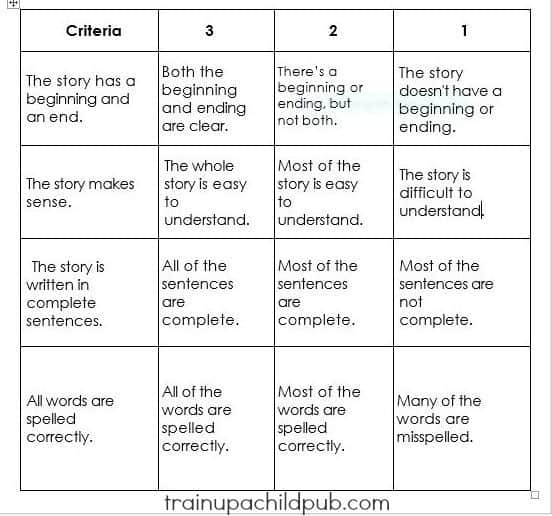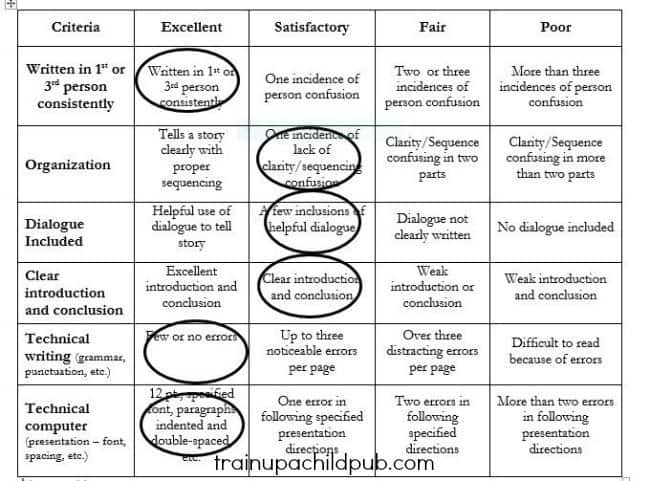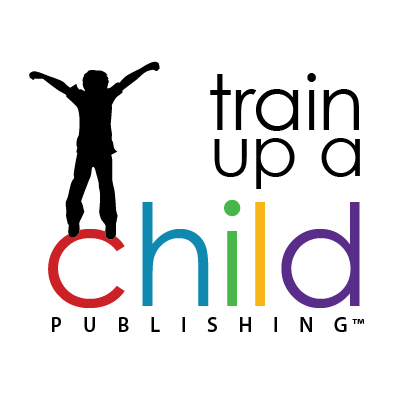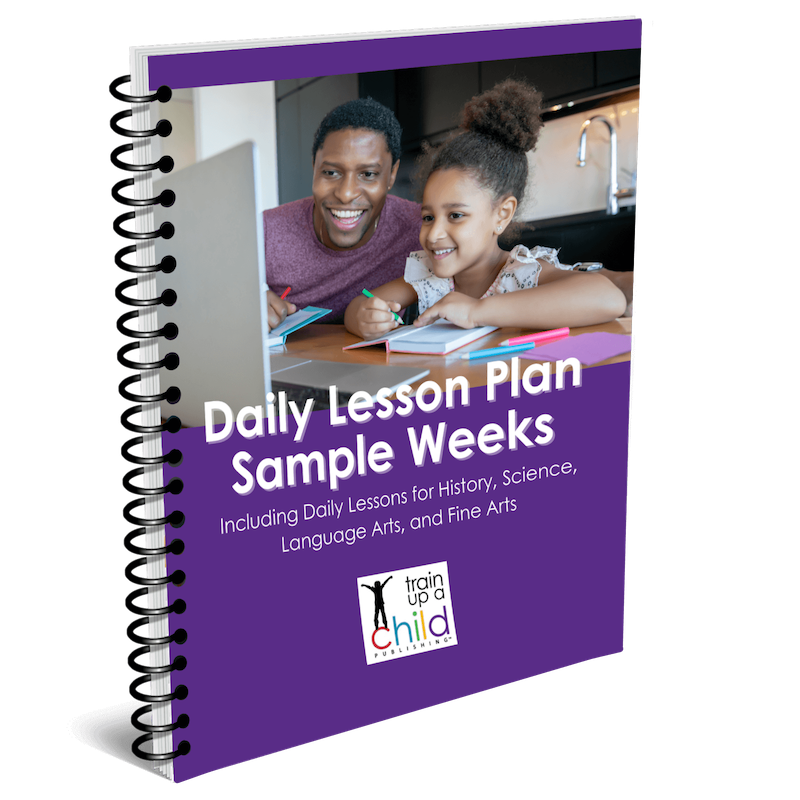How to Teach and Grade Using Rubrics

How many times have you assigned a report or project to your homeschooled student and then were surprised when they turned in SOMETHING COMPLETELY DIFFERENT than you expected? Me, too! Until I learned how to teach and grade using rubrics.
As the teacher, it’s your job to clearly communicate what you want your student to do for an assignment. No matter what type of homeschooling curriculum or methodology you use or how old your students are, learning to teach and grade using rubrics will help you be a more effective teacher. Especially as you get into the middle school and high school years, when assignments can be a little more complicated.
And if you want to bring your kids’ homeschool education to life while still managing your other responsibilities, then you want to communicate as clearly and as simply as you can with your kids. When they know exactly what you expect from them, this cuts downtime and hurt feelings!
So, how do you use rubrics?
Remember that one of your goals is to teach and model clear communication, which is what you’re doing when you use rubrics with your students.
A rubric often eliminates misunderstandings by:
- helping you think through the assignment before you give it.
- giving you a clear, concrete way to explain exactly what you want your student to do.
- providing a written reminder to your student of what he’s aiming for as he works on the assignment.
- giving your student a way to double-check to make sure his assignment is complete before turning it in.
- offering you the perfect tool to evaluate and discuss your student’s work with her.
Rubrics work equally well with written assignments, oral presentations, hands-on projects, or anything else you might dream up, for history, science, language arts, and many other subjects you teach. You can make your rubric as simple or complicated as you want, depending upon the age of your student and your grading criteria.
Sample Rubrics for younger and older students
Personally, I didn’t grade my children until they were in middle school. But I often used a rubric to ensure that my kids understood what I expected to be done for an assignment even before that. Here are a few rubric examples. The first is a simple rubric you might use in elementary school if your student was assigned to write a story.
Basic Rubric for Elementary
This one is for a rubric for a middle elementary student who is going to write a story. The numbers across the top tell you and your student how many points that your student can earn by reaching the criteria in the boxes.

Upper Grades Rubric
Below is a more detailed rubric for a Narrative Essay that I’ve used for an 8th grader through high school student. I love that you can make these as simple or detailed as you want, depending upon the age of your student and the complexity of an assignment!
This particular rubric is used in many of our High School Literature courses, such as Essay Styles for High School (for 8th/9th grade) and General Literature (usually for 9th grade).
In fact, all of our high school courses have assignments with specifically designed rubrics to make our courses easy to teach for you and easy to understand for your high school student.
Narrative Essay

Directions for scoring a rubric
Directions for scoring this rubric: An easy scale of 4-excellent, 3-satisfactory, 2-fair, and 1-poor works well when grading with rubrics like this one. Once you’ve determined the total points earned compared to the total possible points, you can develop a percentage score. For example, in the Narrative rubric example above, a total of 24 points is possible. If your student scored 21 out of the 24, simply divide the total scored by the total possible and multiply by 100.
21/24 x 100 = 87.5 or 88%
It’s up to you what grading scale you use in middle school. In high school you might use one like this:
90-100 = A, 80-89 = B, 70-79 = C, etc. What I did was make anything under a “B” a do-over! But you can do what you want.
Two Teaching Tips for Using Rubrics
- If one of my students turned in something that I would have had to grade as “poor,” I considered it unfinished and sent it back for more work.
- The difference between ‘excellent’ and ‘good’ often reflects the student’s effort. If someone really wants to do an excellent job, that student goes the extra mile to make sure the assignment is correct and complete.
How to Make Your Own Rubrics
- Decide which skills or concepts you want to evaluate.
- List them in the first column on the left.
- Create a table in a computer program or draw a grid on paper.
- You may add rows or columns if you would like a more fine-tuned system or if you want to give your student a better chance to do well. More criteria mean more of a chance for a higher grade.
- Share the rubric with your student to explain your expectations for the assignment.
- Teach students to check assignment rubrics while they are working on the assignment and before they turn in the assignment to make sure they didn’t forget anything.
- Evaluate the assignment using the rubric and calculate the points if you are giving your student a grade for that assignment.
- As the teacher, you determine the grading scale depending on the number of elements and whether certain elements are more important than others.
I actually waited as long as I could to begin formal grading. But whether you decide to grade earlier or not, rubrics will still go a long way to ensure you and your students are on the same page with assignments and evaluations.
Using rubrics for teaching and evaluation will help you communicate your expectations more clearly with your students. Try them and you’ll be hooked!
![]()

